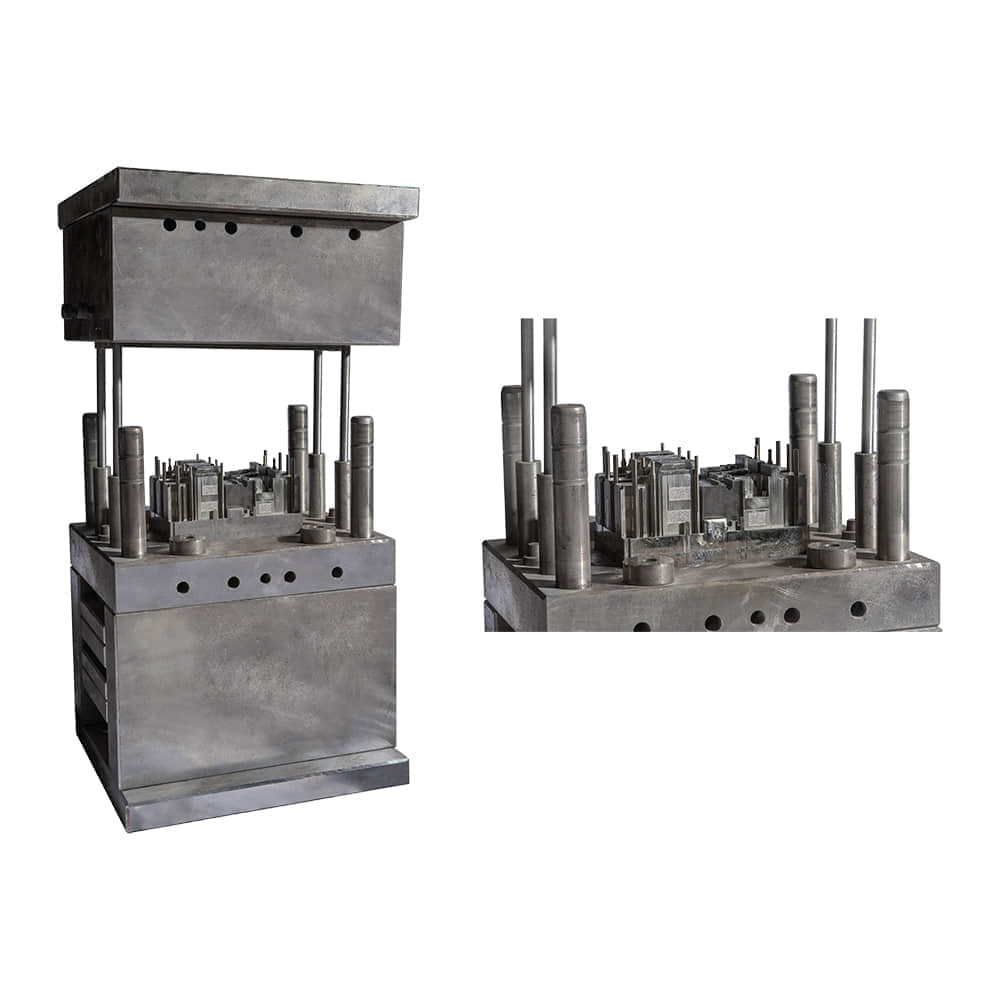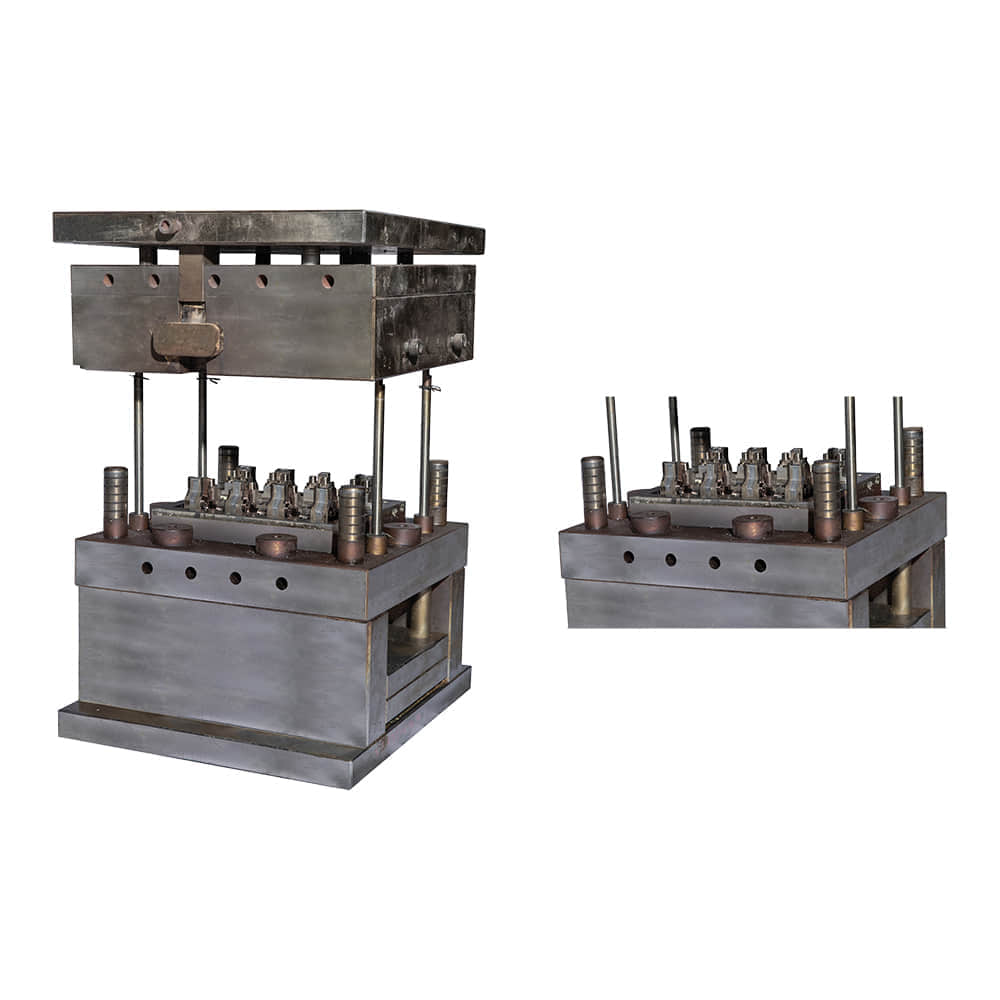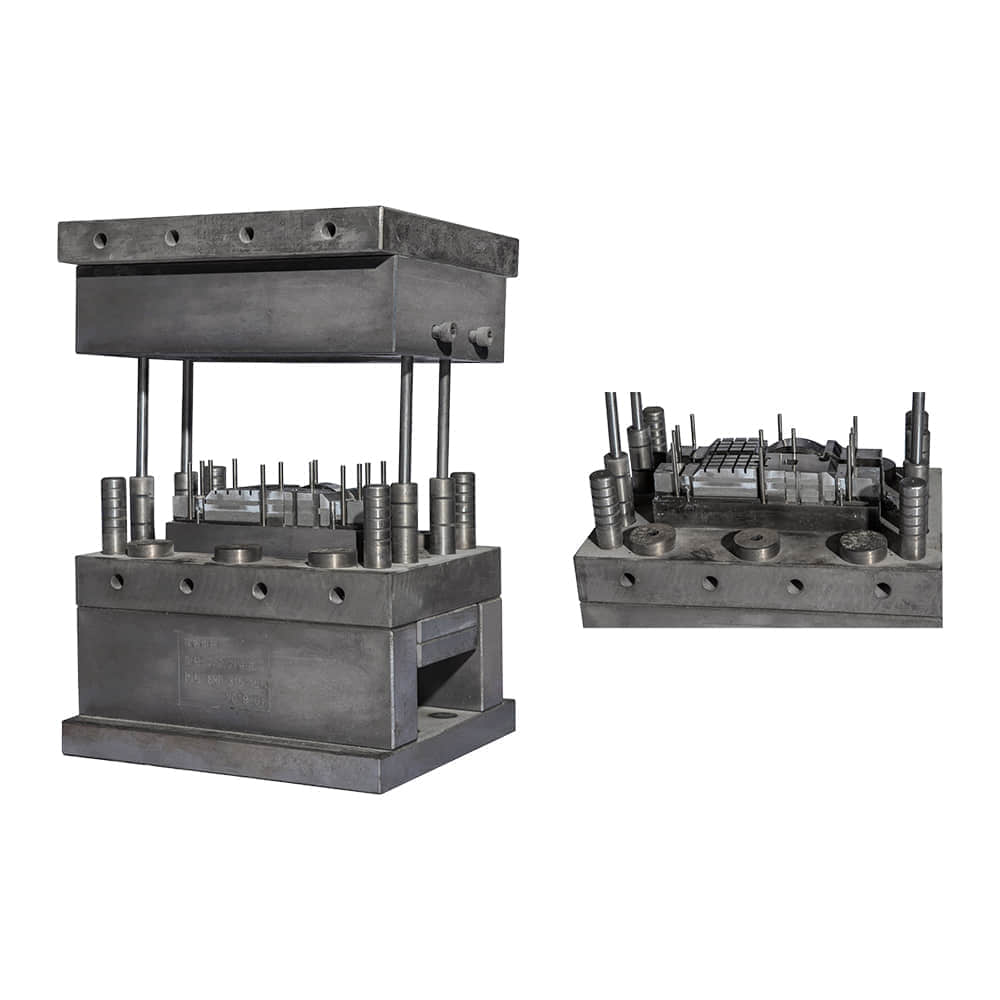Thermosetting Compression Moulding: A Dive into the Process and Applications

In the realm of manufacturing, innovative techniques and processes continually emerge to shape materials into useful products. One such method is thermosetting compression moulding, a versatile manufacturing process that plays a pivotal role in creating a wide range of products, from automotive components to electrical insulators. This article delves into the intricacies of thermosetting compression moulding, exploring its process, advantages, applications, and significance in the modern manufacturing landscape.

The Process of Thermosetting Compression Moulding Thermosetting compression moulding is a process that involves transforming raw materials into finished products by using heat and pressure. The raw materials used in this process are thermosetting polymers, which are initially in a soft and pliable state. The process begins with carefully measuring and placing the required amount of raw material into a preheated mould cavity. Once the mould is filled, it is closed, and heat and pressure are applied simultaneously. The heat causes the thermosetting polymer to undergo a chemical reaction known as cross-linking or curing. During this reaction, the polymer molecules bond together, resulting in a rigid and durable structure. The pressure ensures that the material takes the desired shape and maintains uniform density. Advantages of Thermosetting Compression Moulding Strong and Durable Products: The cross-linking of polymer molecules during curing imparts exceptional strength and durability to the final products. This makes them suitable for applications where structural integrity is crucial. Complex Shapes and Intricate Details: Thermosetting compression moulding allows for intricate designs and complex shapes to be achieved with high precision, making it ideal for producing intricate components. Heat and Chemical Resistance: The cured thermosetting products exhibit excellent resistance to heat, chemicals, and environmental factors, making them suitable for various industrial and engineering applications. Cost-Effectiveness: The process is well-suited for mass production due to its efficiency and relatively low material wastage, contributing to cost-effectiveness. Applications of Thermosetting Compression Moulding Automotive Industry: Thermosetting compression moulding is extensively used in producing automotive components such as brake pads, engine components, and interior parts. The high strength and heat resistance of these components ensure safety and performance. Electrical Insulation: Electrical insulators, switchgear components, and cable connectors are commonly manufactured using this process due to the excellent dielectric properties and dimensional stability of thermosetting materials. Aerospace Sector: In the aerospace industry, where lightweight yet sturdy components are critical, thermosetting compression moulding finds applications in creating aircraft interior parts, panels, and structural elements. Consumer Goods: Various consumer goods, such as kitchenware handles, electronic device housings, and decorative items, benefit from the process’s ability to create aesthetically pleasing yet functional products. Significance in Modern Manufacturing Thermosetting compression moulding holds immense significance in the modern manufacturing landscape due to its ability to produce high-quality, reliable, and durable products across diverse industries. As technology continues to evolve, this process has adapted to incorporate automation, precise temperature control, and advanced mould design techniques, further enhancing its efficiency and versatility. In conclusion, thermosetting compression moulding stands as a testament to human innovation in material processing. Its ability to transform raw materials into resilient and intricate products makes it an essential manufacturing process in today’s world. From its role in shaping the automotive industry to its contributions in aerospace and beyond, this process continues to shape the way we create and interact with the world around us.
